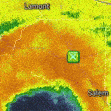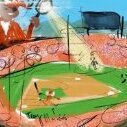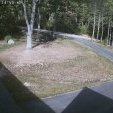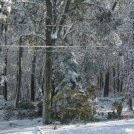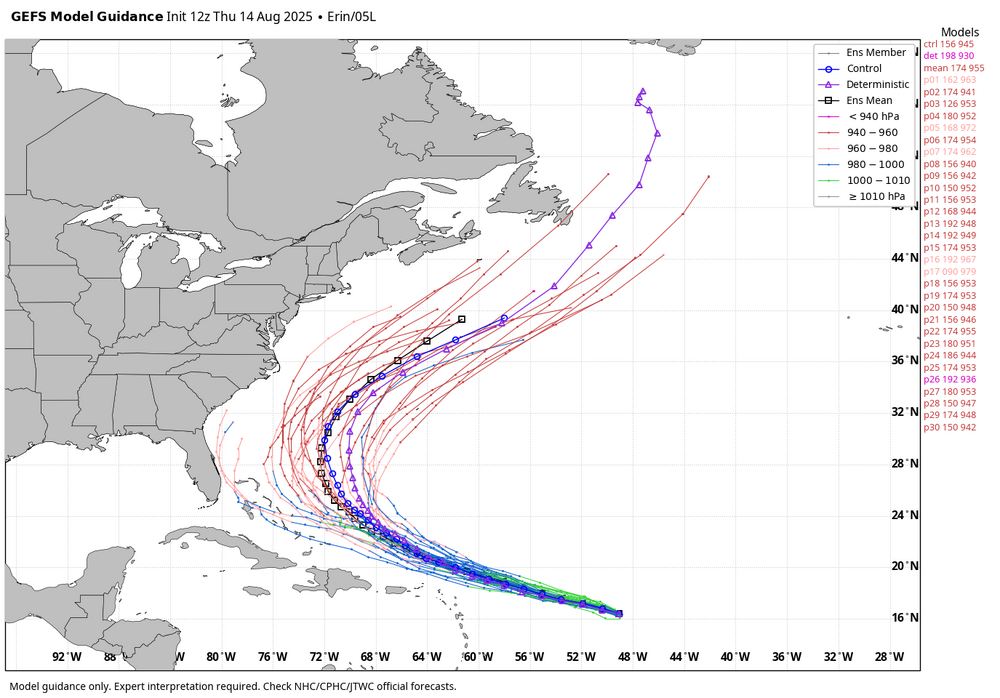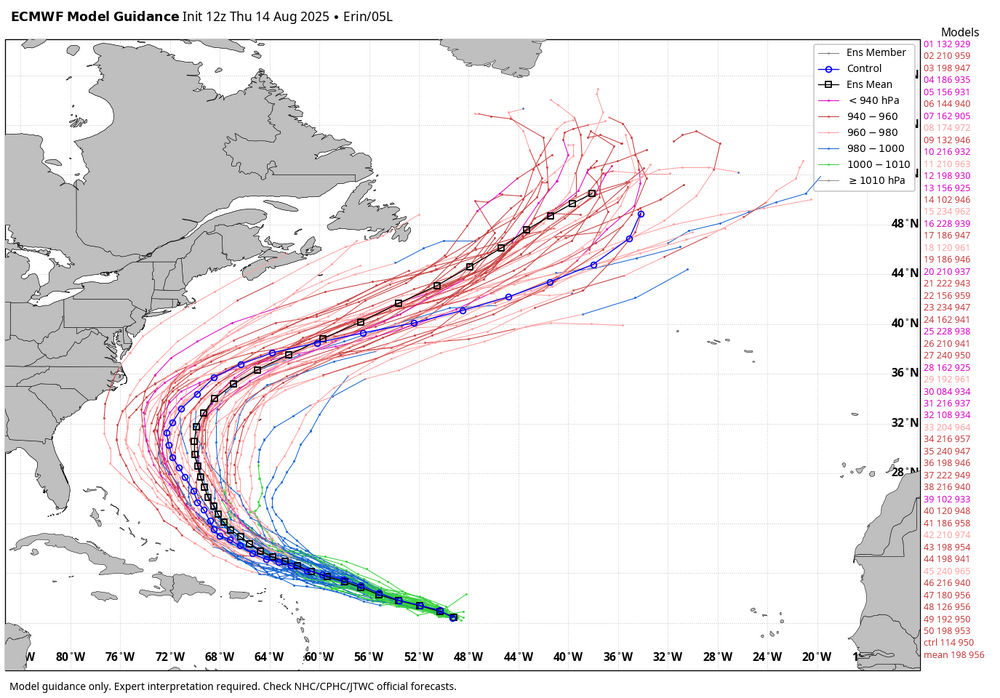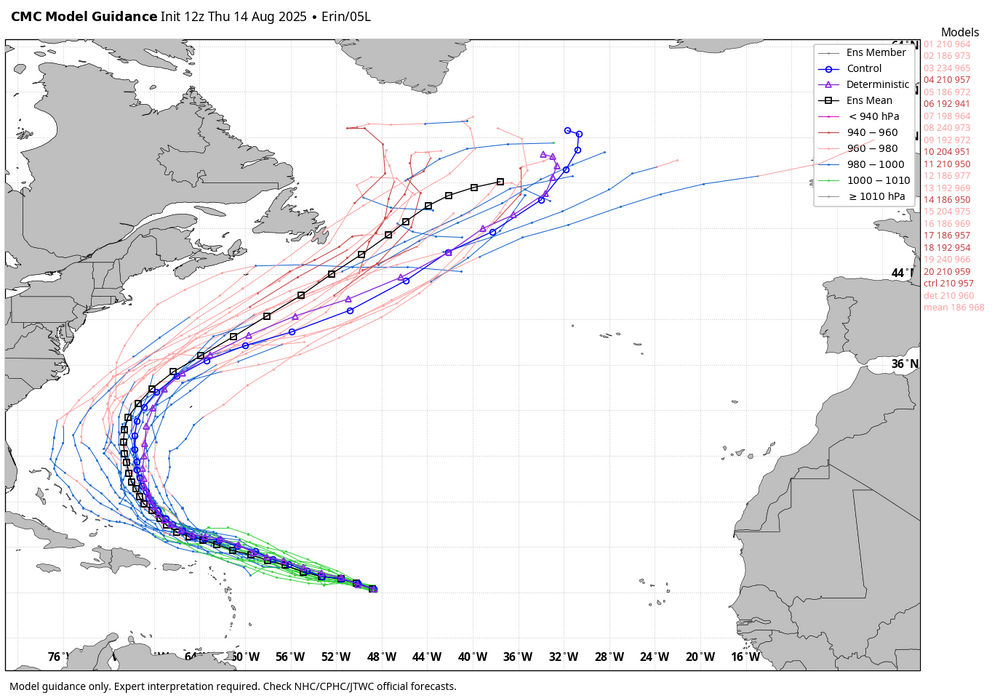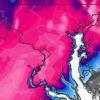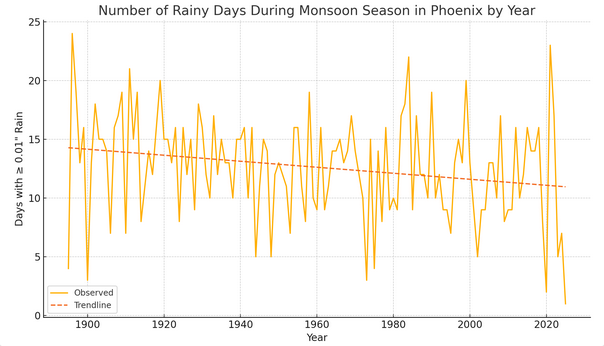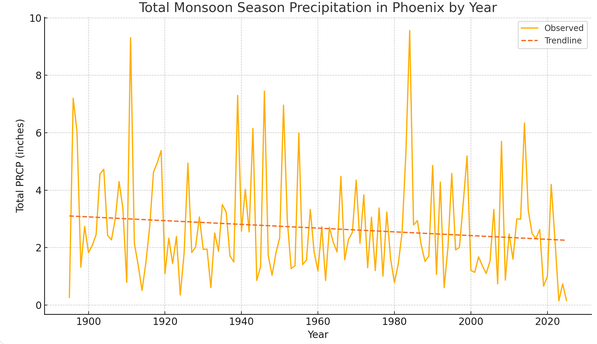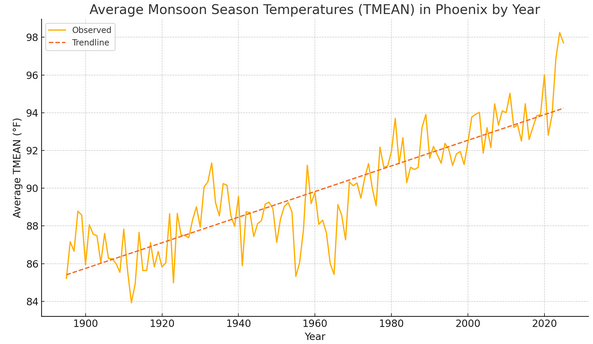All Activity
- Past hour
-
Me yesterday.
-
Getting hit hard again by a cluster of thunderstorms. The area of heavy rain is generally moving SE.
-
radar estimates of 1-2" about 1-2 miles east of me. can't make it up
-
Oh, it’s pretty clear that history will in time reveal the whole tariff thing, regardless of whatever it is/was espoused as being, was actually just a grift - a grand bilking scheme.
-
Headed to the coast next weekend. It sure seems Erin nudges closer to the coast with each GFS and Euro run. Haven't seen any forecasters predicting landfall but some have said we could experience some outter bands.
-
Nice rolling thunder out there... Looks like I am getting ready to get by that line in Baltimore County
-
4.23 since 6/1. 0.90 since 7/31.
-

E PA/NJ/DE Summer 2025 Obs/Discussion
Ralph Wiggum replied to Hurricane Agnes's topic in Philadelphia Region
Beware the Ides of August. -
.03 from a pop up shower while the sun was out.
-
pretty good soak at work in pwm.
-
Just read on MU's X account that parts of Cumberland County are over 2" for today so far.
-
Yup he’s here and digging in. .63 this month and most of that was overnight July 31… No rain thru next week
-
Damn FP, I’d do that myself if I was guaranteed it would work. As always ….
-

Tropical Storm Erin - NOW AT 50 KTS!
BarryStantonGBP replied to BarryStantonGBP's topic in Tropical Headquarters
-
Looks like zero rain today and only .05 last night. The Steining will continue.
-
No way. Was thinking of you.
-
-
Nope. We've had more than enough lol
-

Occasional Thoughts on Climate Change
donsutherland1 replied to donsutherland1's topic in Climate Change
Phoenix's annual monsoon is changing in a warming climate. The most pronounced changes are fewer rainy days (days with measurable precipitation), reduced monsoon season precipitation, and a hotter monsoon season. These developments are consistent with some of the literature concerning climate change and its impact on North America's monsoon season. Two examples: "It is found that the monsoon response to CO2 doubling is sensitive to sea-surface temperature biases. When minimizing these biases, the model projects a robust reduction in monsoonal precipitation over the southwestern United States, contrasting with previous multi-model assessments." Source: Pascale, S., Boos, W., Bordoni, S. et al. Weakening of the North American monsoon with global warming. Nature Clim Change 7, 806–812 (2017). https://doi.org/10.1038/nclimate3412 "Within climate science... focus has begun to include the growing role warming temperatures are playing as a potent driver of greater aridity: hotter climate extremes; drier soil conditions; more severe drought; and the impacts of hydrologic stress on rivers, forests, agriculture, and other systems. This shift in the hydrologic paradigm is most clear in the American Southwest..." Source: Overpeck, Jonathan T. and Udall, Bradley. Climate change and the aridification of North America. PNAS, Vol. 117, No. 22 (2020). https://www.pnas.org/doi/pdf/10.1073/pnas.2006323117 -
But the lowlands needed it.

